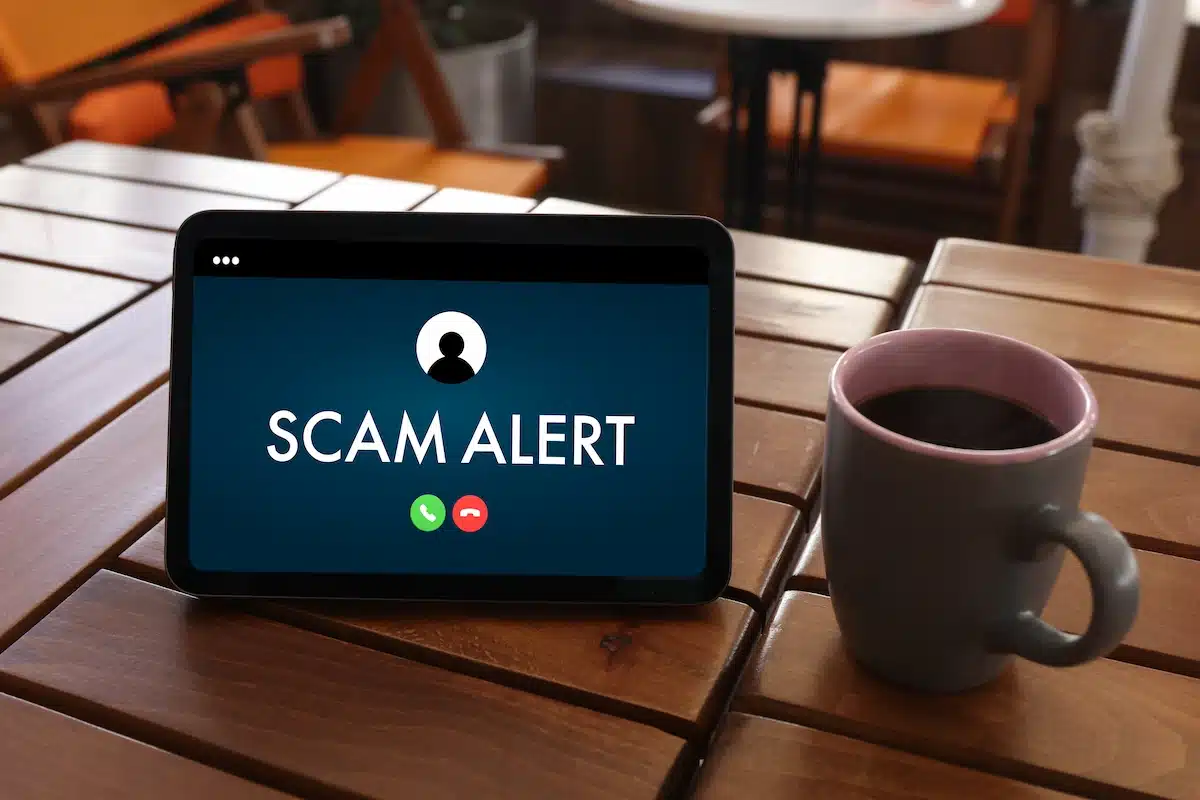Fraud Prevention

Protect Yourself from Scams & Fraud
If you’re ever unsure, pause and call the number on the back of your debit card or speak to someone you trust, such as a family member, close friend or your Bank before taking any action.
Check & Deposit Scams
Key Facts:
Helpful Tips:
Business Email Compromise (BEC) Scams
Key Facts:
Helpful Tips:
Person to Person (P2P) & Account Takeover Scams
Key Facts:
Helpful Tips:
